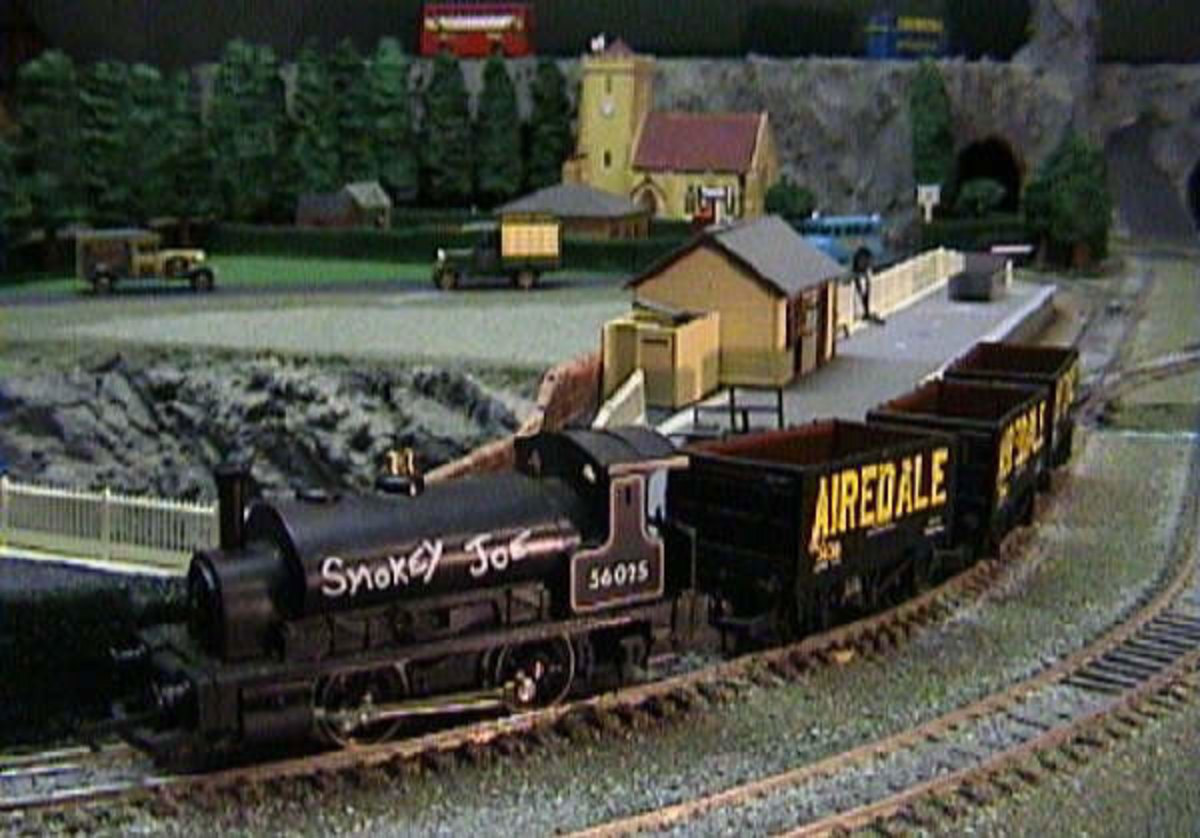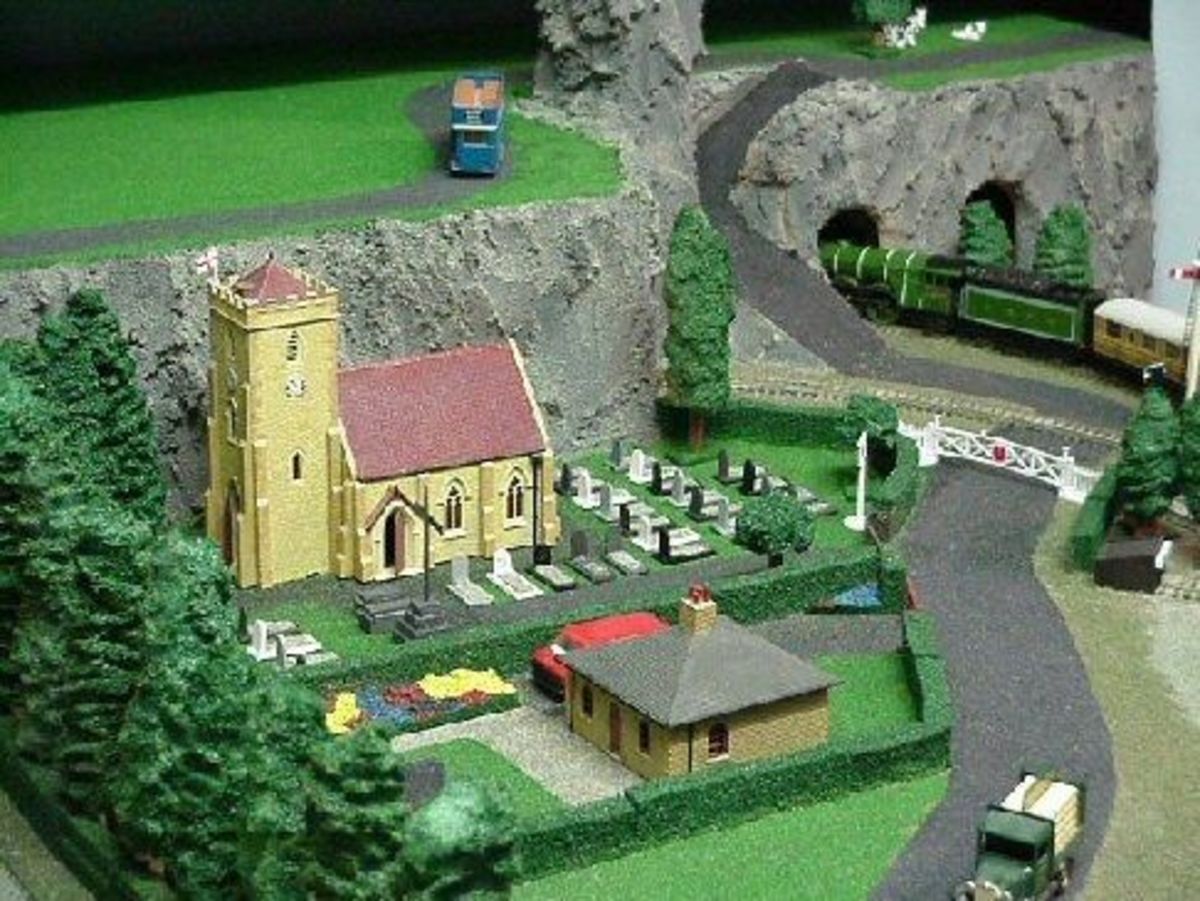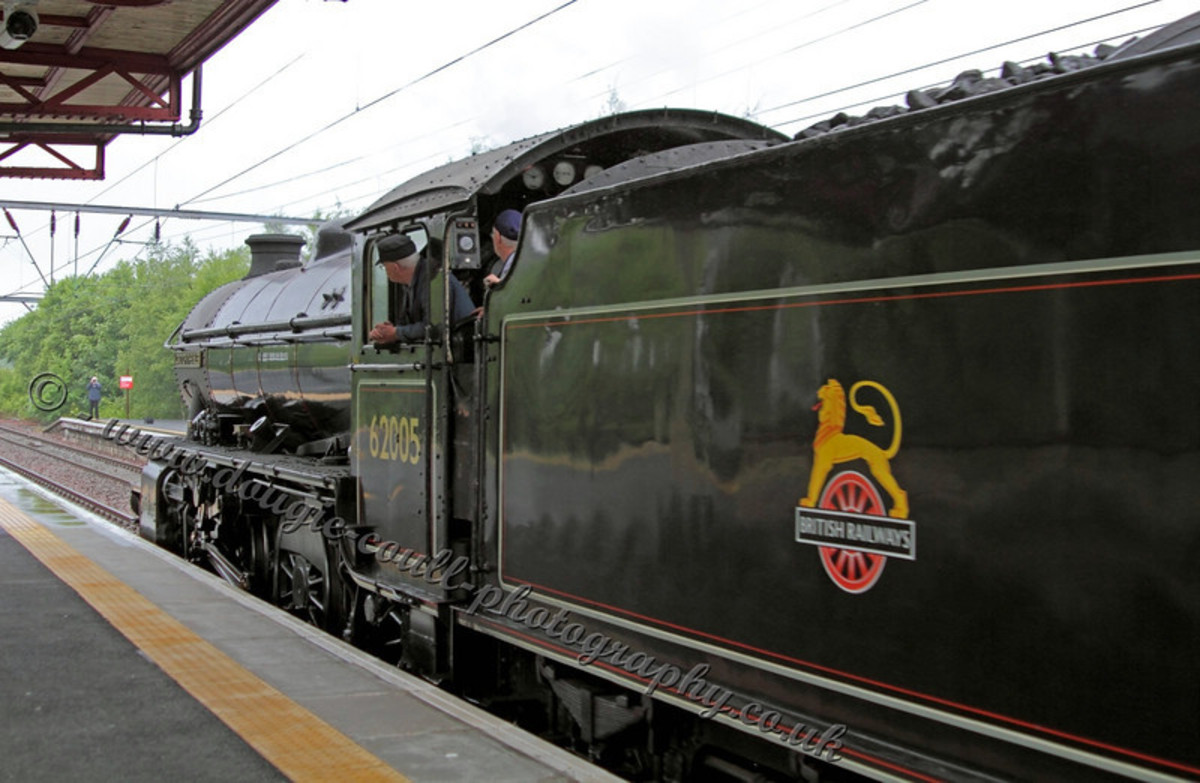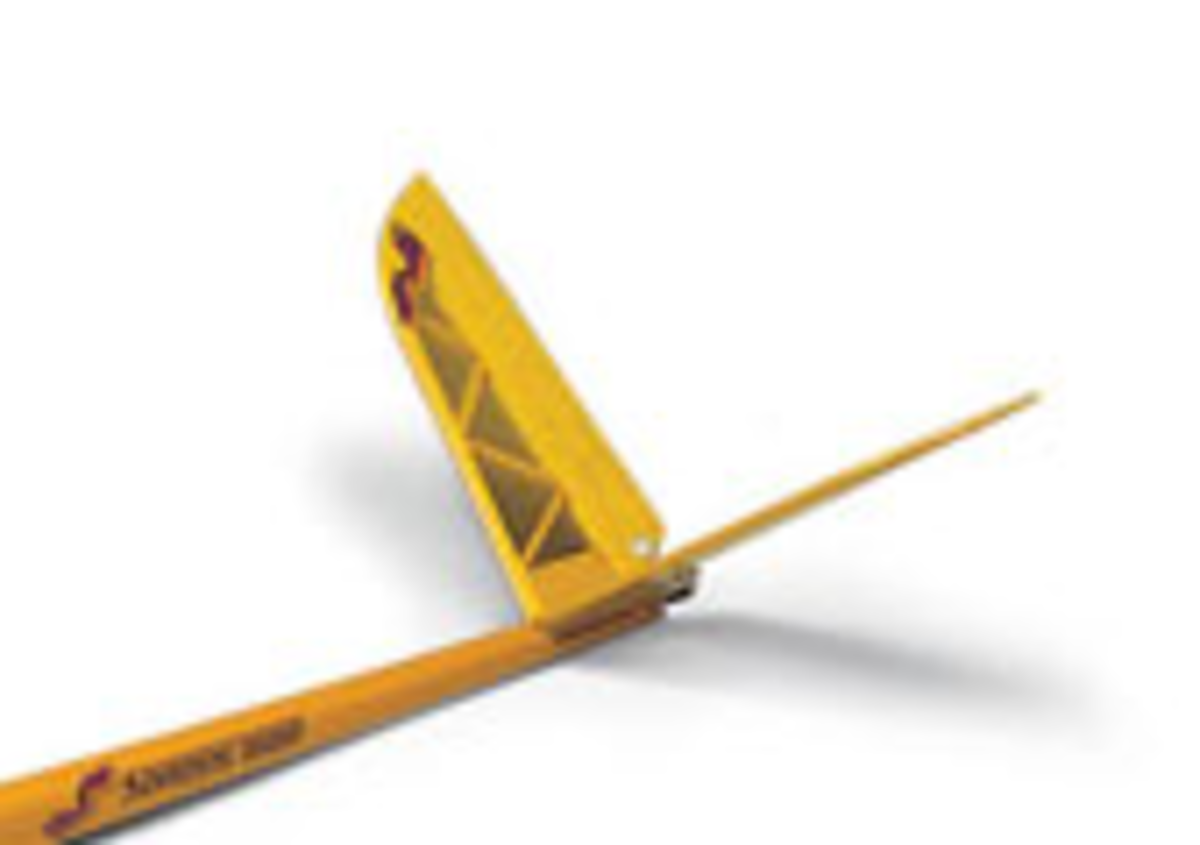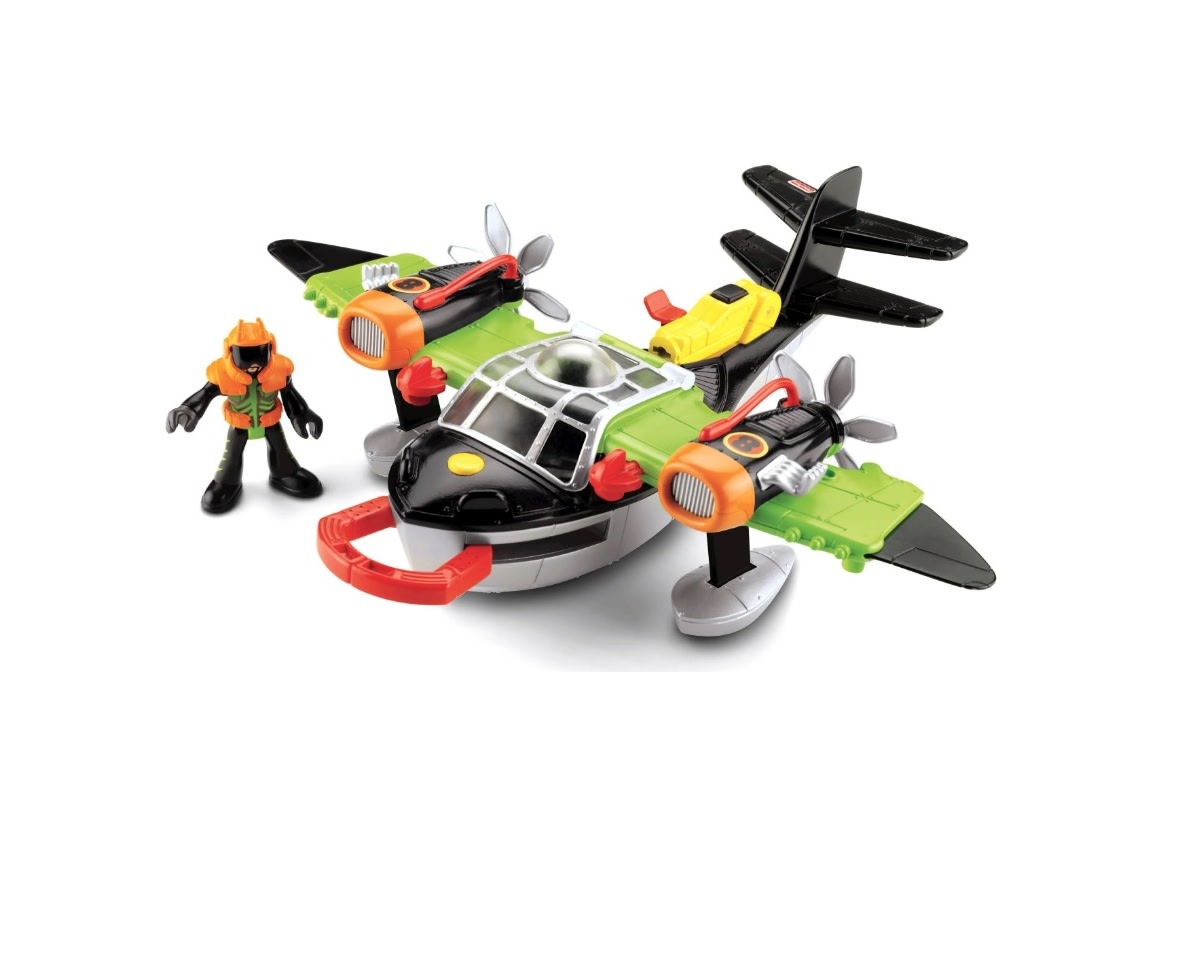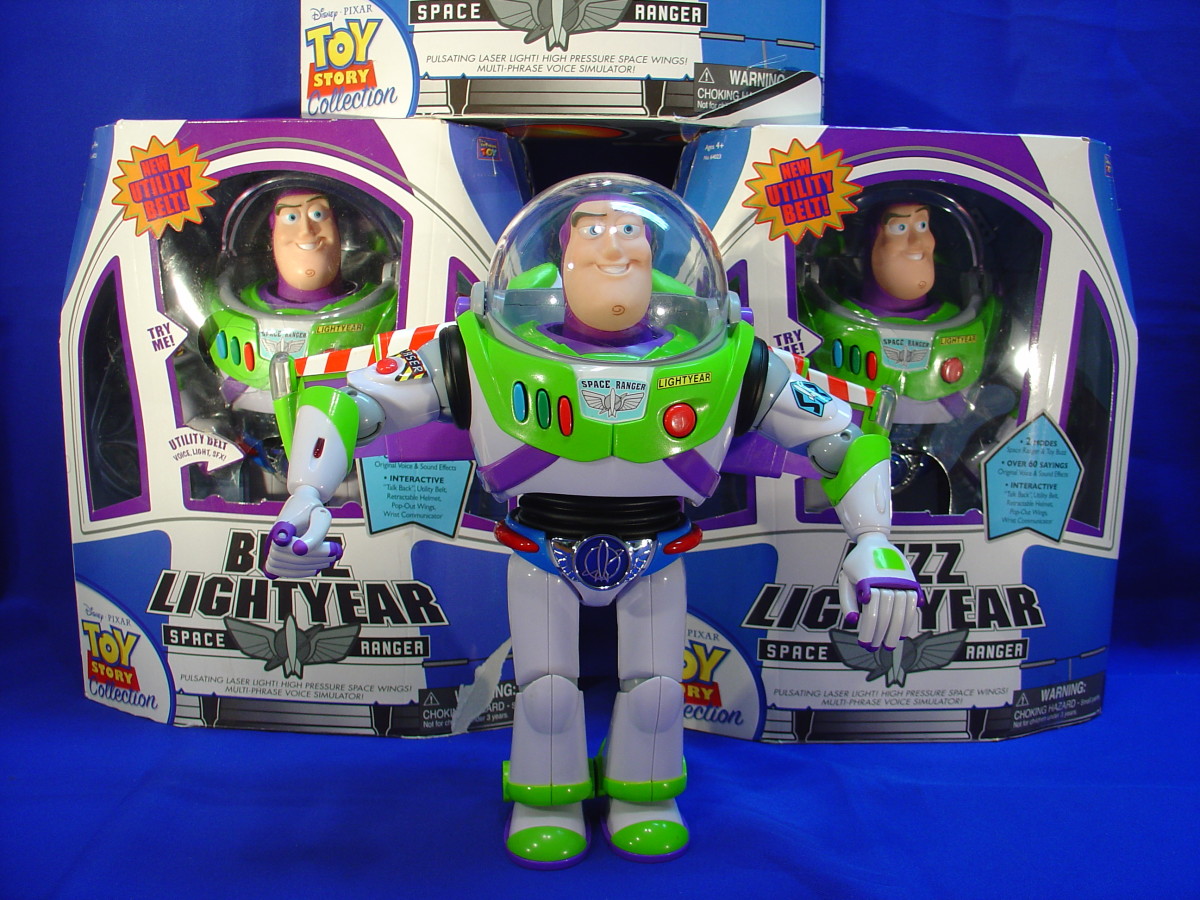Model Train Sets: Understanding Gauges and Scales
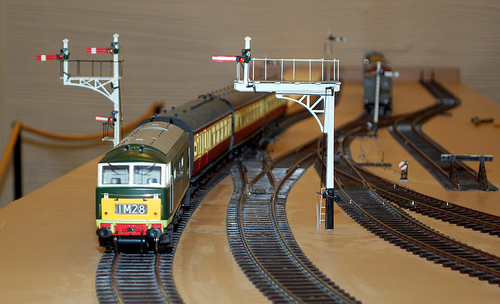
I've had a fascination with model trains since I was a very young child, no doubt a hobby I inherited from my father. My favorites were (and still are) the Bachmann model trains and the Lionel train sets for their semblance to the real thing, attention to details and superior quality. Both my grandfather and father had Lionel trains back in the 1960s that I spent hours playing with. One was always looping around the Christmas tree, a tradition I've continued to this very day. I still own that old Lionel train and it's still in tip top shape despite its age and the amount of poking and prodding it's endured over the years!
As an adult, I decided I'd like to purchase electric train sets for my kids, but was a bit daunted by the terminology. I had no idea what gauges and scales were and was pretty much at a loss for what kind of train fit my needs.
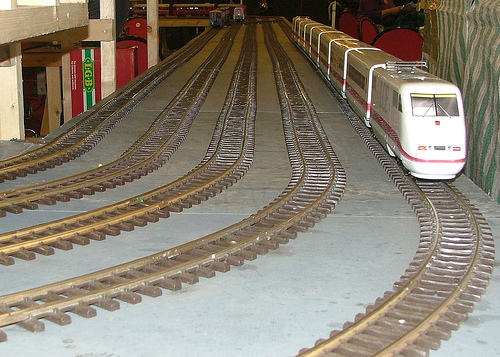
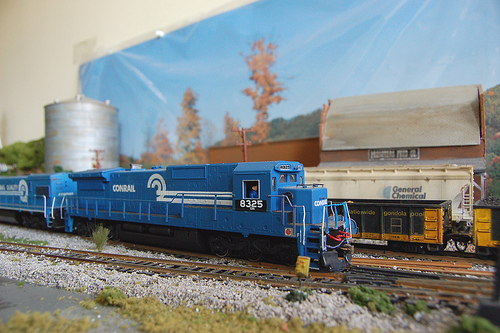
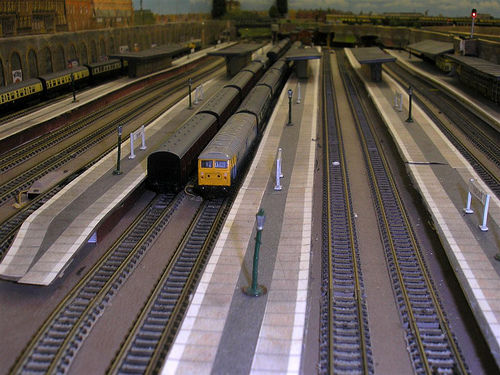
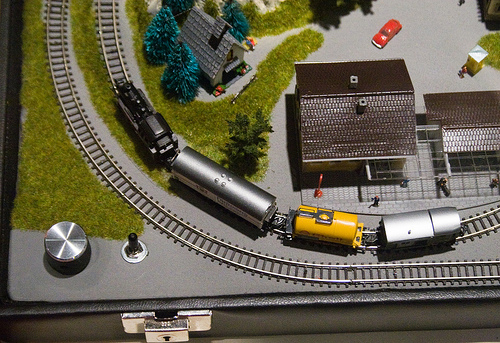
Model Train “Language” and Terminology
If you're new to the world of model locomotives, some of the terminology may be a bit confusing. You need to understand at least a little about the gauges in order to select the train set that fits your needs. Your first task is to determine how much space you have and want to fill up for your train.
Basically, the different scales refer to the ratio of the model train in comparison to the real thing. For example, the popular HO scale model is 1:87, or 1/87 of the real McCoy. 3.5 millimeters is equivalent to 1 foot. It's called a HO because it's half the size of an O scale. Let's take a look at the more popular scales and their space requirements.
The following train scales go from largest to smallest:
- G scale (ratio of 1:22.5, where 3.5 mm equals one foot) These are the largest of the model trains, often used indoors, but also used as garden trains. You need a lot of space to accommodate the G scale, like a large playroom area. They are expensive, however, but are very fun to operate since their weight makes them unlikely to derail.
- O scale (ratio of 1:48 where ¼ inch equals one foot) These trains are a popular size for kids since they're big enough to handle. O scale was by far the most popular model train size until the 1960s. Lionel has been making and dominating the O scale market for many years. The O scale Lionel is the train I've retained from my childhood. Like the G scale, this requires a definite space commitment.
- OO scale (uses the same 1:87 scale as the HO, where 3.5 mm equals one foot) These are the most popular gauge trains in the U.K.
- S scale (1:64) These are the oldest of the model railroad trains, the first one was made in 1896 out of card. The S scale is growing in popularity as it only requires approximately 10% more space than the HO scale. They are still not nearly as popular as the HO or N scale.
- HO scale (1:87, where 3.5 mm equals one foot) These are the most popular scale size for collectors, hobbyists as well as the average train lover. They are a good value, have a lot of detail and are readily available. Replacement equipment is easy to find. They fit nicely on a 4'X8' piece of plywood, so the space requirements are quite manageable. Part of the popularity of this size is it lends itself to highly realistic layouts within a relatively small space.
- N scale (1:148 or 1:160, depending upon the maker, where 2mm equals one foot) Their small size allows hobbyists and train enthusiastic to run long trains. They are a popular size, but not as much as the HO. The equipment isn't as readily available, so they cost more than a HO scale. These are great for folks who want to set up intricate scenery. This is the second smallest train and the small parts can be somewhat of a challenge to work with.
- Z scale (1:220) This is the perfect option for a person with limited space, who wants a train with a lot of detail and the ability to run a long train.
Gauge
The other term you will invariably need to understand is “gauge”. Unfortunately, sometimes "gauge" and "scale" are used interchangeably. They do, however refer to completely different things. Gauge simply refers to the space between the rails of the track. The larger the gauge size, the more space you will need. Gauge and scale are related, the larger the scale, the larger the gauge. For example, a G scale has a gauge of 1.75”, where a Z scale has a gauge of only .257”.

